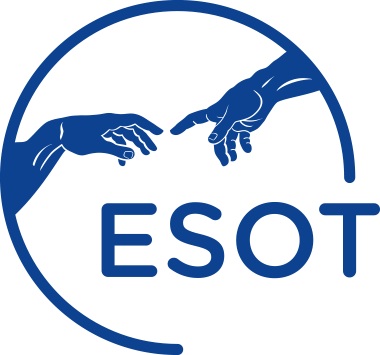- Journal of Heart & Lung Transplantation. 2012 Sep; 31(9):950-7.
- Abstract
- Pubmed Link
BACKGROUND: The aim of this prospective study was to evaluate the efficacy and safety of extracorporeal photopheresis (ECP) in patients with bronchiolitis obliterans syndrome (BOS) after lung transplantation and to identify factors predicting treatment response. METHODS: The study was performed at a single center and consisted of a cohort of 1,012 lung transplant recipients (November 1989-June 2010). A total of 194 patients developed BOS after a mean of 1,293 +/- 1,008 days (range, 99-4,949 days) and received established treatment, and 51 patients received additional ECP. RESULTS: Thirty-one (61%) of the ECP-treated patients responded to the therapy and showed sustained stabilization (forced expiratory volume in 1 second range, -5% to 5% vs baseline at start of ECP) of lung function over 6 months. Responders to ECP showed significantly greater survival and less need for retransplantation (p = 0.001) than non-responders. Factors associated with an inferior treatment response were cystic fibrosis as underlying lung disease and a longer time between transplantation and development of BOS. No side effects were observed after ECP. Compared with BOS patients not treated with ECP, the ECP responders showed an improved graft survival (p = 0.05). CONCLUSIONS: These results confirm and suggest that early use of ECP could be an effective adjunct treatment for patients who develop BOS after lung transplantation. Copyright © 2012 International Society for Heart and Lung Transplantation. Published by Elsevier Inc. All rights reserved.
BACKGROUND:
There is no standard definition for “HLA incompatible” transplants. For the first time, we systematically assessed how HLA incompatibility was defined in contemporary peer-reviewed publications and its prognostic implication to transplant outcomes.
METHODS:
We combined 2 independent searches of MEDLINE, EMBASE, and the Cochrane Library from 2015 to 2019. Content-expert reviewers screened for original research on outcomes of HLA-incompatible transplants (defined as allele or molecular mismatch and solid-phase or cell-based assays). We ascertained the completeness of reporting on a predefined set of variables assessing HLA incompatibility, therapies, and outcomes. Given significant heterogeneity, we conducted narrative synthesis and assessed risk of bias in studies examining the association between death-censored graft failure and HLA incompatibility.
RESULTS:
Of 6656 screened articles, 163 evaluated transplant outcomes by HLA incompatibility. Most articles reported on cytotoxic/flow T-cell crossmatches (n = 98). Molecular genotypes were reported for selected loci at the allele-group level. Sixteen articles reported on epitope compatibility. Pretransplant donor-specific HLA antibodies were often considered (n = 143); yet there was heterogeneity in sample handling, assay procedure, and incomplete reporting on donor-specific HLA antibodies assignment. Induction (n = 129) and maintenance immunosuppression (n = 140) were frequently mentioned but less so rejection treatment (n = 72) and desensitization (n = 70). Studies assessing death-censored graft failure risk by HLA incompatibility were vulnerable to bias in the participant, predictor, and analysis domains.
CONCLUSIONS:
Optimization of transplant outcomes and personalized care depends on accurate HLA compatibility assessment. Reporting on a standard set of variables will help assess generalizability of research, allow knowledge synthesis, and facilitate international collaboration in clinical trials.


